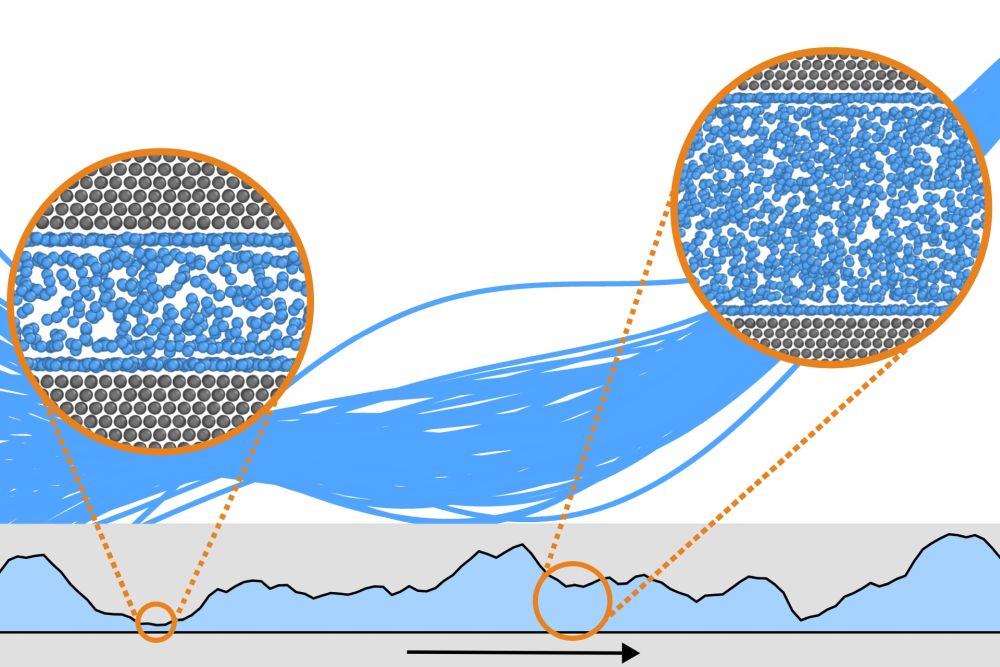Understanding Friction Processes with AI
Friction occurs in many areas, in engines, tiny technical devices or in human joints. The processes involved have not yet been precisely clarified, as the physical processes that occur where two surfaces meet and move against each other are difficult to investigate experimentally. Computer simulations of such tribological systems can help to better understand these processes. Researchers at the University of Freiburg and the Karlsruhe Institute of Technology (KIT) have now developed a new simulation method that can describe friction at the molecular level much more accurately using artificial intelligence. They have published their findings in Science Advances.
Efficient technical systems and low-friction materials
The new method combines physical models on different length scales with machine learning techniques. This allows friction processes at the molecular level to be transferred to large technically relevant systems. ‘This allows us to understand and calculate complex friction systems much more effectively, in which the resulting lubricating film is millions of times thinner than the contact width of the friction surfaces,’ explains Professor Peter Gumbsch from KIT. ‘We show that friction can be predicted very realistically at the molecular level by combining artificial intelligence with physical expertise in a targeted manner,’ adds Professor Lars Pastewka from the University of Freiburg. This opens up completely new possibilities for the development of low-friction or particularly efficient technical systems and materials with increased service life.
sfo, October 2, 2025

